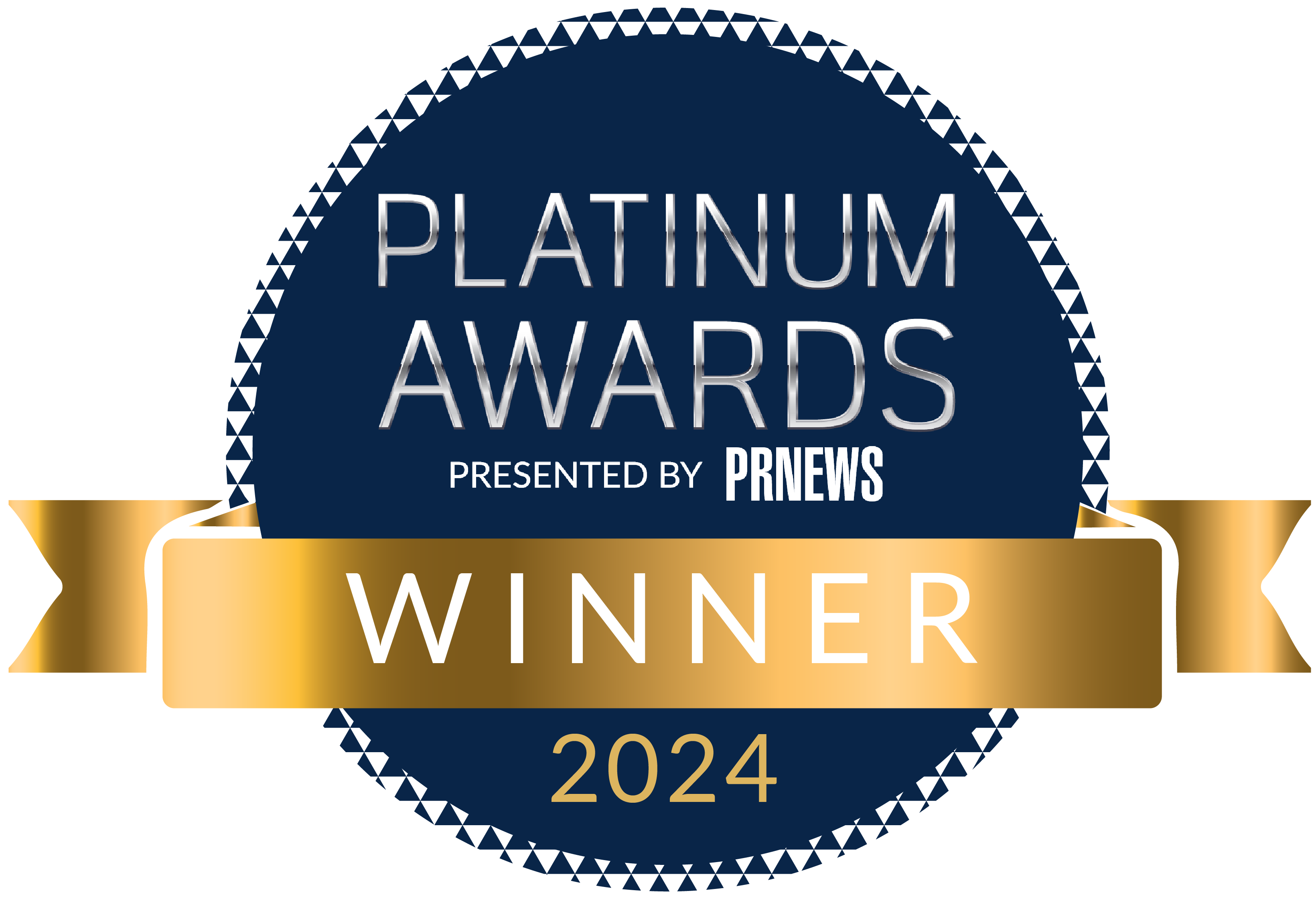The following post was authored by an anonymous tech journalist whom we asked to share tips and tricks for how to best work with tech reporters.***
Tech PR firm professionals want to obtain as much coverage for their clients as possible. Ideally, the more coverage means more sales and revenues for the tech company, which is why the organization hired you. The more coverage you obtain for your clients from tech reporters, the more likely the client will renew when the contract expires, and the better opportunity you have to increase your pricing at contract time.
To reap these benefits, first you have to know how to work with tech reporters. Below are seven ways to build good, lasting business relationships with tech reporters:
Be Responsive
The tech reporter is typically as time-pressed as you are. While you may not be able to answer a tweet, email question or phone call immediately, at least provide acknowledgment the message was received and a typical response time. If out of the office for more than a day, provide an alternate contact. Offer multiple ways to contact you. Reporters will typically use a combination of phone, email, text message and tweet to reach you. In phone recordings and automated email and text responses, offer the best way to contact you or someone else for deadline articles.
If the desired company contact isn’t immediately available or is unavailable when the reporter is (for a longer interview), offer an alternative executive or spokesperson. Just be sure that whoever you offer is knowledgeable about the topic at hand. Similarly, if a reporter reaches out to you and the subject is out of your client(s)’ expertise, say so. Don’t waste your client’s and the reporter’s time on subjects that aren’t fits.
Avoid Hype
The reporter probably expects some positive spin from the company, and will let a little of it pass. However, if the interview turns into a blatant company promotion, the interview is likely to be cut short and the opportunity for future interviews with that reporter will likely be limited.
Avoid “Tech-Speak”
While some tech reporters work for highly technical publications such as Scientific American, most work for publications written for business leaders and others in a particular industry, such as robotics, but not for those with advanced technical degrees. An engineer may be brilliant, but may not be able to communicate at a level that the reporter can understand, yet communicate to his or her audience. A different company executive is probably a better choice, or include someone from your client’s firm or your own company on the interview who can provide “lay” explanations of technical information. Remember that the reporter’s audience will be more interested in what a technology can do, the benefits it can provide an end user – not the high-level technical details. The technical details can be provided via a spec sheet for those who need it.
Offer additional materials
You may have photos, whitepapers (self-generated or from research firms), graphics or other materials that can help the reporter with his or her article.
Follow the article
Keep track of the article, notify the reporter when you see it. If there is a factual error, this is the best time to request a correction.
Offer additional article ideas
Good reporters are always open to other article ideas. But don’t be too pushy, otherwise your communications will be treated like spam and ignored. Let the reporter know additional subject areas your client is knowledgeable about so that the reporter has ready contacts for features and trends pieces. But if you make the offer, you have to be able to follow through when the opportunity presents itself. There will be times that the reporter’s need for a source and your client’s availability won’t mesh. If you can’t offer a different executive or spokesperson before the reporter’s deadline, thank the reporter for the opportunity and offer to have someone available for the next opportunity. But if you fail to meet the reporter’s deadline next time as well, there may not be a subsequent opportunity.
Remember “Thank You”
Send a quick electronic thank you note, repeating the offer to be a source for future articles, podcasts, etc. It’s a tiny thing, but one overlooked by many PR professionals, and will help keep your client top of mind the next time the reporter needs a source for an article or is looking for a case study.
Ready to Learn How to Work With Tech Reporters?
It’s important to know how to work with tech reporters if you want your organization of client(s) to achieve meaningful press coverage. Curious about how we do it at FischTank PR? Shoot us an email at [email protected] to learn more and see if we’d be a good fit for working together.




